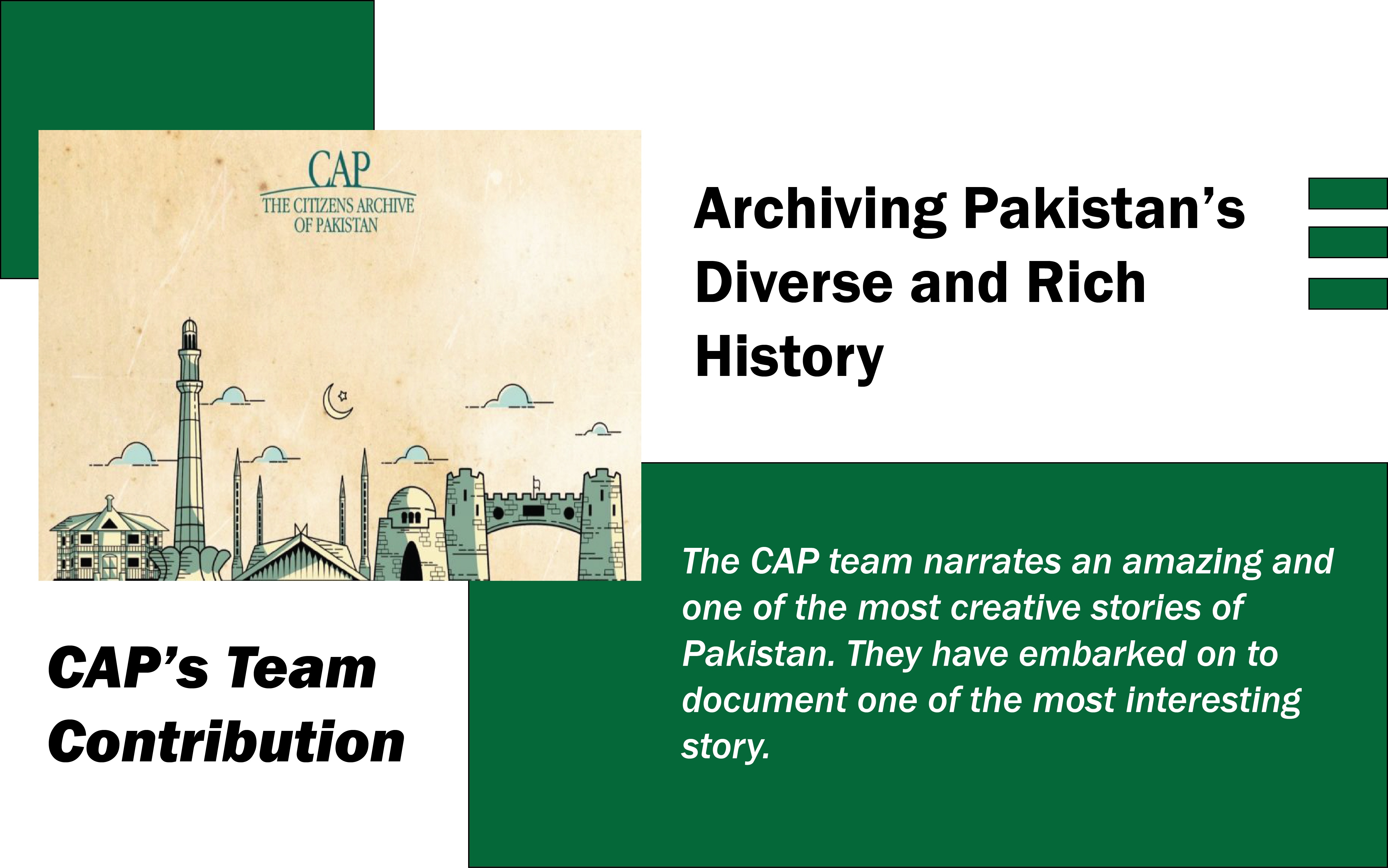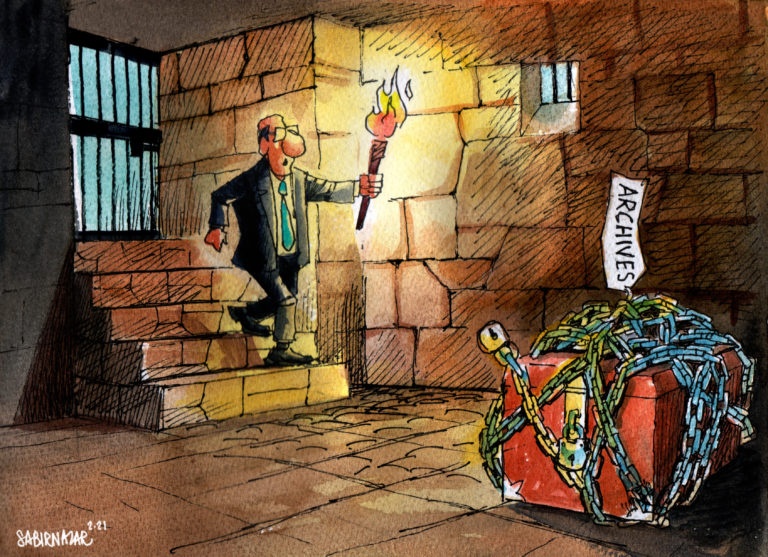CAP’s Team Contribution
Merriam-Webster dictionary defines archives as both a noun and a verb, “a place that holds public records and historical material, a repository or collection of information,” and the act to file or collect such materials.[1] However, an archive is much more than that, it is both a window and mirror to our society, reflecting what all we have been through and shows how we have arrived at our present moment.
If archives provide information and are primary sources for learning history, why is it that so much of what we have come to know from first-hand accounts of history, are not always reflected in history books? This is precisely the question asked when a group of Karachiites were having dinner together in 2007 unbeknownst to them at the time was that this was the evening The Citizens Archive of Pakistan (CAP) would be conceived.
The mission of CAP is cultural and historic preservation, educating the community besides fostering an awareness of our nation’s history, and instilling pride in Pakistani citizens about our heritage. Achieved through three main goals; to preserve and provide access to the archive, to build and support educational programs and to develop educational products based on the testimonies collected.
Regardless of background, we have all grown up hearing stories of migration, ancestry, partition from the elders in our families. Without even realizing it, we have been participating in what is known as oral history, the aural transmission of history. This is particularly important in the Pakistani context because knowledge of the written word is not needed. With this in mind, CAP set out to document the first-hand accounts of those that have witnessed the birth of the nation: partition. Also known as the largest migration in human history not accounted to war or famine.
If oral history relies on memory, should we consider a recollection as accurate? Should it be preserved? Understood through the lens of a people’s history, which is centered around the experiences of citizens, the subjective, emotional, and human element is what makes oral history distinct. CAP’s flagship project is The Oral History Project (figure 1) which is the collection and study of historical information about individuals, families, important events, or everyday life using audiotapes, videotapes, or collection of transcripts of planned interviews.
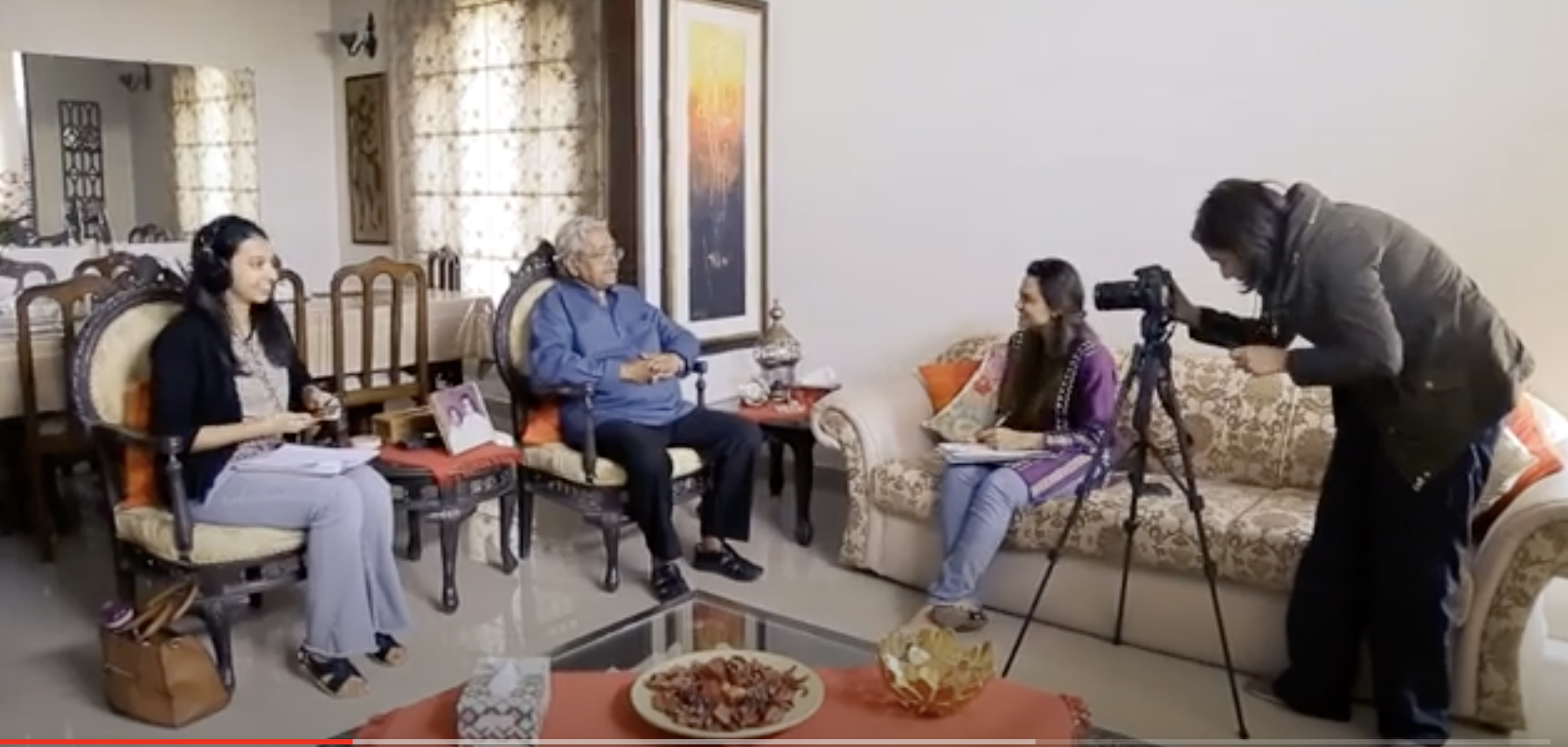
Figure 1- OHP Interview (Click on the image to view the video or click on the link below)
As we began interviewing those that lived through the birth of our nation, we realized that alongside oral histories, objects themselves contain a history and journey which not only tell us about the past, an evolution of the object itself, but hold significance about why we cherish them. For example, the donation of pioneering photo-journalist, the late Faustin Elmer Chaudhry (F. E. Chaudhry), contains groundbreaking work on the partition and formative years in terms of the political, social and cultural images of this region, many of which were published in The Pakistan Times, The Civil and Military Gazette, and The Illustrated Weekly of India to name a few outlets. However, there was no digital or physical archive of this unique collection. In order to preserve this history, we interviewed F.E. Chaudhry and worked with him to add his photographic archive to our digital archive of The Oral History Project at the Citizens Archive of Pakistan. By adding it to the archive and documenting F.E. Chaudhry’s story, and the behind the scenes information about each and every picture (figure 2), we have been able to truly make history come alive, as one can actually hear from those that are responsible for capturing monumental events from the past and see the historical materials themselves. In 2017, through a partnership with The Google Cultural Institute, a digital exhibition, 1947 Through The Looking Lens was launched showcasing photographs tracing the journey to Pakistan captured by F.E. Chaudhry. This was a particularly significant moment as it marks a rare instance of a Pakistani photographer’s work on Partition shared with a global audience (figure 3).

Figure 2- CAP Team interviewing F.E. Chaudhry in Lahore, 2011, Courtesy of CAP Archive. 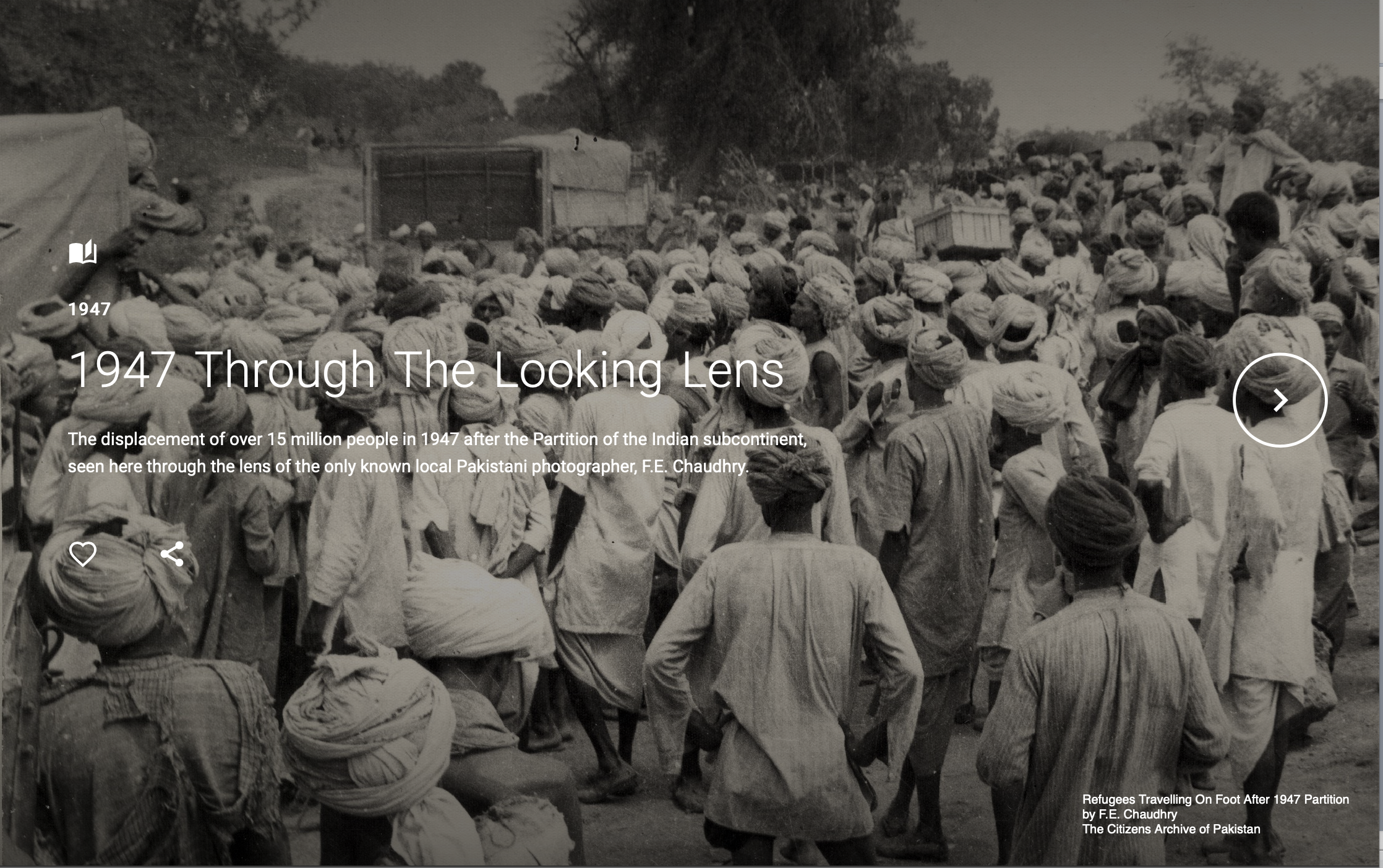
Figure 3- GCI Exhibit: 1947 Through The Looking Lens (Click on the image to view the exhibition or click on the link below.)
https://artsandculture.google.com/exhibit/1947-through-the-looking-lens/TQIiIj3VI7yzJA?hl=en
Another example worth mentioning is the digital collection of the All India Muslim League badge, headgear, and sash preserved by Bano Jhaveri of her mothers who was an active member of the Women’s Wing of the League (figure 4). These elements make history personal, unique and connectable.

Figure 4- Clockwise: All India Muslim League headgear, badge and sash. Courtesy of Bano Jhaveri/CAP Archive.
7We aim to preserve stories within our communities which are often left out of mainstream narratives, we actively reached out to minority communities within Pakistan such as Parsis, Hindus, Christians, Dawoodi Bohra, Ismaili, Sikhs, Bengali to name a few, to ensure that their experiences and eye-witness accounts are also reflected in the national narrative.
Access and the awareness of archives is as important as the act of preservation itself. Accessing an archive can be daunting but also challenging because of the red-tape which can often accompany the access, partly due to the fact that historical materials are housed in a way to protect them from not only environmental degradation but minimal handling. Therefore, protocols which govern access and the use of materials can influence the degree to which an archive is accessible. If archives are not accessible, what purpose do they serve?
Digital archives provide a unique opportunity for archival access, since physical presence is not entirely necessarily. Currently, CAP’s digital archive contains nearly 4,000 oral histories and over 200,000 digital photographs, documents, newspapers and ephemera (figure 5). For over thirteen years now, since CAP’s inception, we have been utilizing our archive to create exhibitions, learning materials for school outreach, and providing students and researchers primary source materials. In doing so, we hope to raise awareness of our history, instill pride within ourselves as citizens and custodians of our heritage.
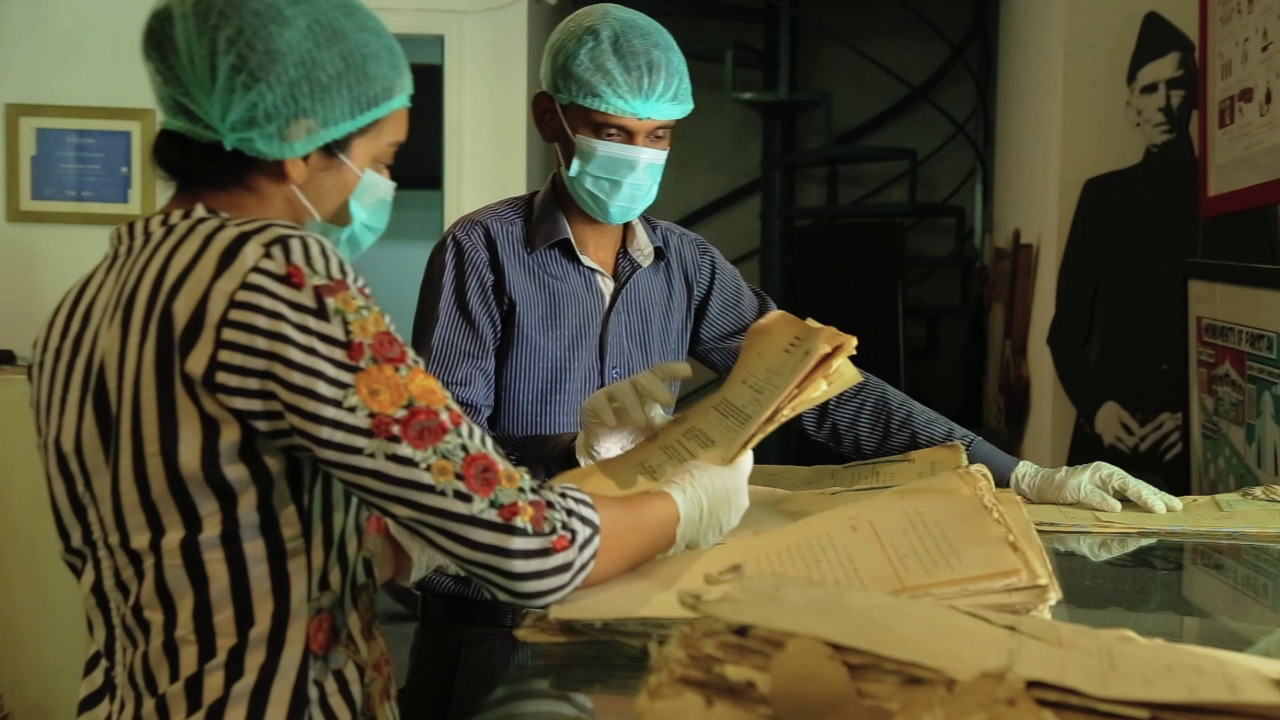
Figure 5- CAP team sorting through documents for digitization, courtesy of CAP Archive.
The impact of archives as a foundational tool for learning in our communities has unparalleled outcomes, CAP’s educational programming has reached over 10,000 college and school students across Pakistan. In addition, to usage in cultural exchanges like the Exchange for Change Programme (EFC) which developed dialogues with over 8,200 students and 50 schools across the United States, Pakistan and India.
The Oral History Project is the building block informing all of our activities. Most recently, in partnership with the Parks and Horticultural Authority (PHA), the National History Museum has been designed, curated and managed by CAP. Inaugurated in March 2018, the museum showcases 441 images, 71 audios, and 50 videos reflecting our history and drawn from CAP’s archive of oral histories and digitized historical materials. The National History Museum is a reflection of the communities it serves, and a testament to how archives shape our comprehension of ourselves, and our shared heritage.
Archives are more than just repositories of knowledge they are a gateway to understanding how our past informs our present.

